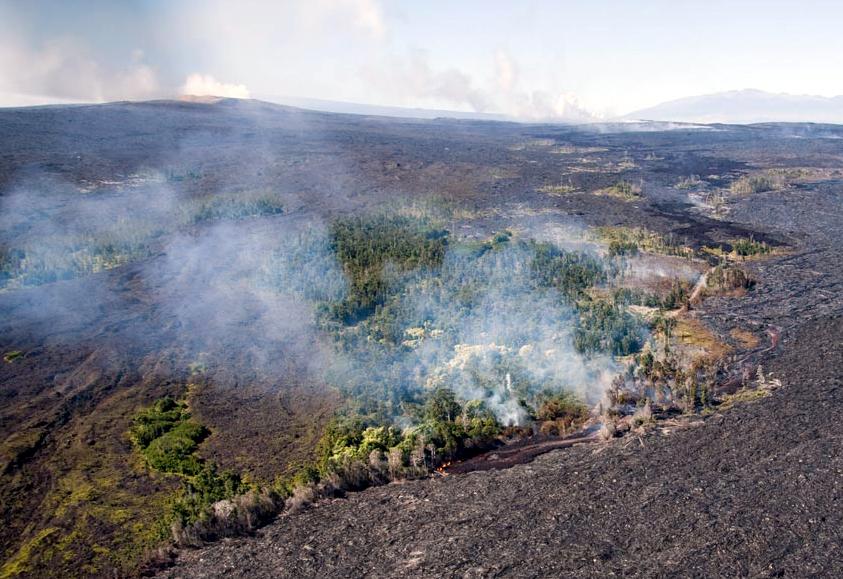Vog, a volcanic smog which releases Sulfur dioxide, has surrounded all of the Hawaiian islands, affecting people’s lives and continues to get worse.
Vog is the haze seen in the air that is caused by a combination of weather, wind conditions and volcanic activity. It comes from the Kilauea Volcano on the Big Island and becomes thicker or lighter, depending on the amount of emissions , the direction and amount of wind, and other weather conditions.
The effects of vog can include headaches, breathing difficulties, increased susceptibility to respiratory ailments, watery eyes, and sore throat. The long-term health effects of vog are unknown which is a concern for people exposed to it.
The Big Island is at the biggest risk of health hazards. The government and private agencies are working together to monitor the volcanic emissions and provide the most reliable information to help those affected by the vog make the best decisions for themselves and their families. Other islands are at much less risk to being exposed to the Sulfur dioxide because they are farther away from the volcano releasing all the vog compared to The Big Island.
The Department of Health and Department of Education are helping schools by developing plans for heavy vog days such as indoor recess, sheltering in place, and evacuation.
According to Hawaii.gov, people should help protect themselves by monitoring air conditions daily, staying indoors during periods of heavy vog conditions, drink bottled water, and for people with asthma, heart or lung disease, and older adults who are vulnerable, you should remain indoors or relocate while there’s heavy vog.


